Soil Moisture, Drought, and Condition Monitoring Report
Near Normal Conditions at Cheviot OH 3.4W. Areas of drought in the southwest, northwest, and Florida.
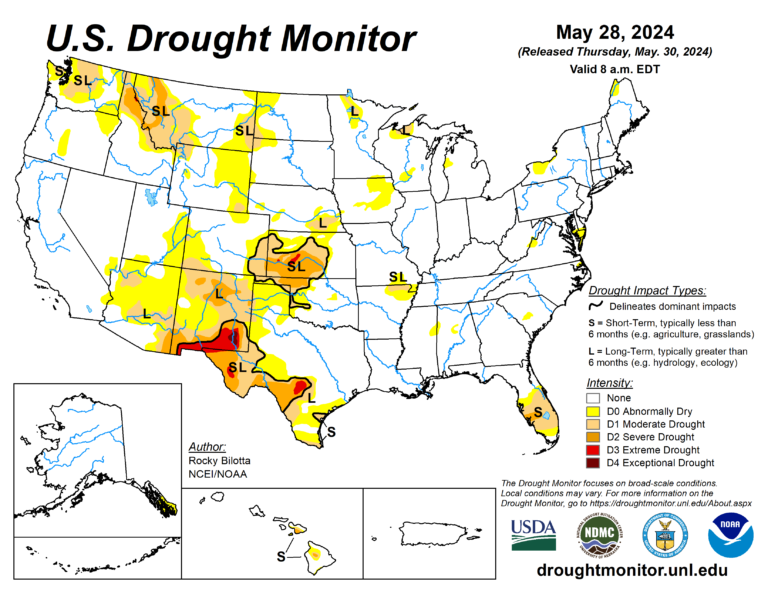
Condition Monitoring Report
Station Number: OH-HM-24
Station Name: Cheviot 3.4W
Report Date: 6/3/2024
Submitted: 6/03/2024 9:13PM
Scale Bar: Near Normal
Description: 1.00 inches of rain the past 8 days. Soils are drying but still moist. Starting to see some browning in lawns. Lawns still generally growing well but have slowed. Standing water has dried up. Fields are generally workable.
Categories:
- General Awareness
- Agriculture
- Plants & Wildlife
- Society & Public Health
Near Normal
Observed conditions are expected for this time of year.
Mildly Dry
- Soil is somewhat dry.
- Growth may have slowed for plants, crops, or pastures.
- Preciptation or water deficits may be present.
- Local plants, pastures, or crops may not have fully recovered if conditions are changing from drier to wetter.
Mildly Wet
- Soil moisture is above normal.
- Local plants, crops, or pastures are healthy, recovering from dry conditions, or draining from wet conditions.
Moderately Dry
- Soil is dry.
- Plants may be brown due to dry conditions.
- Plants, crops, or pastures may be stressed.
- Streams, reservoirs, or well water levels may be low.
- Water shortages may be present.
- Voluntary water use restrictions may be in place.
Moderately Wet
- Soil is very damp.
- The ground is partially saturated with water.
- Standing water may be present in low areas and ditches.
- Local plants, crops, or pastures are healthy and lush.
- Water bodies may be slightly more full than normal.
Severely Dry
- Soil moisture is absent.
- Crop or pastures losses may be experienced.
- Ponds, lakes, streams, and wells may be nearly empty or dry.
- Mandatory water restrictions may be in place.
- Water shortages or water emergencies are present or possible.
Severely Wet
- Soil is wet.
- Ground is completely saturated with water.
- Standing water is servere and abundent.
- Water bodies are very elevated.
- Flooding may be present, leading to plant, crop, or pasture damage.
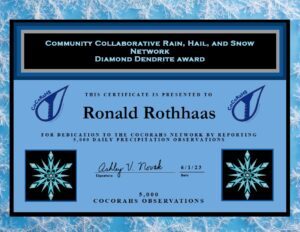
This report is specifically for the Arbor Doctor’s location 3.4 miles west of Cheviot, OH, in the western suburbs of Cincinnati in southwest Ohio. This location is also an official cooperative observation site for the National Weather Service listed as Cheviot 3W.
What is the Condition Monitoring Report? See these links for more information:
Ohio 30-Day Precipitation
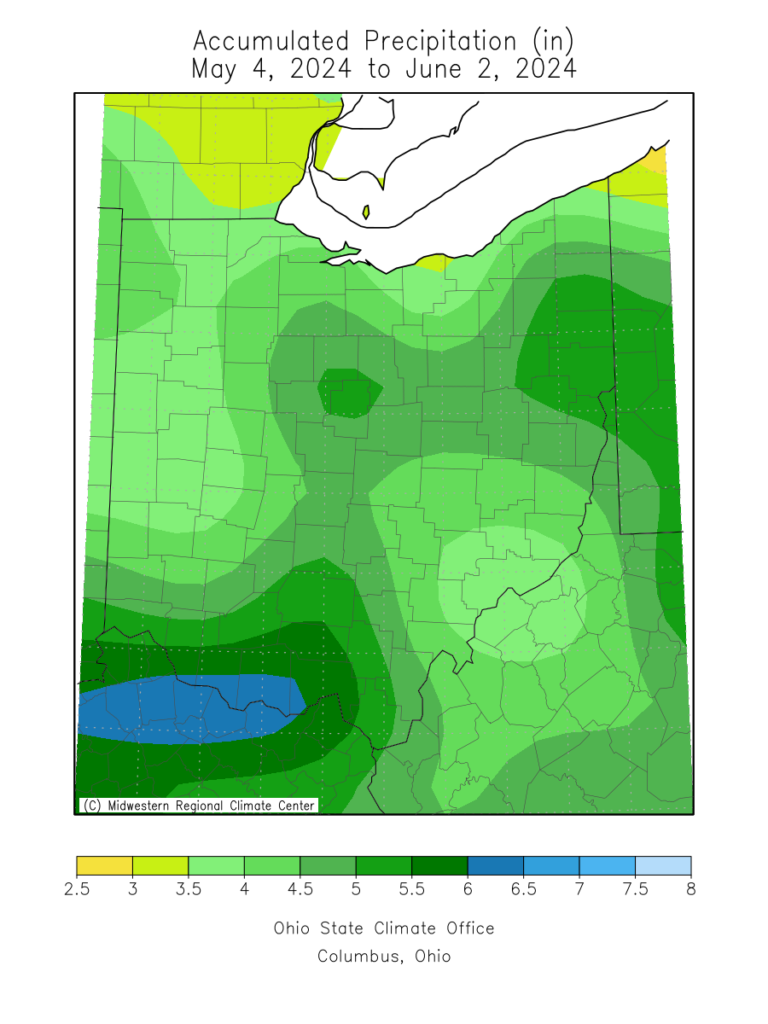
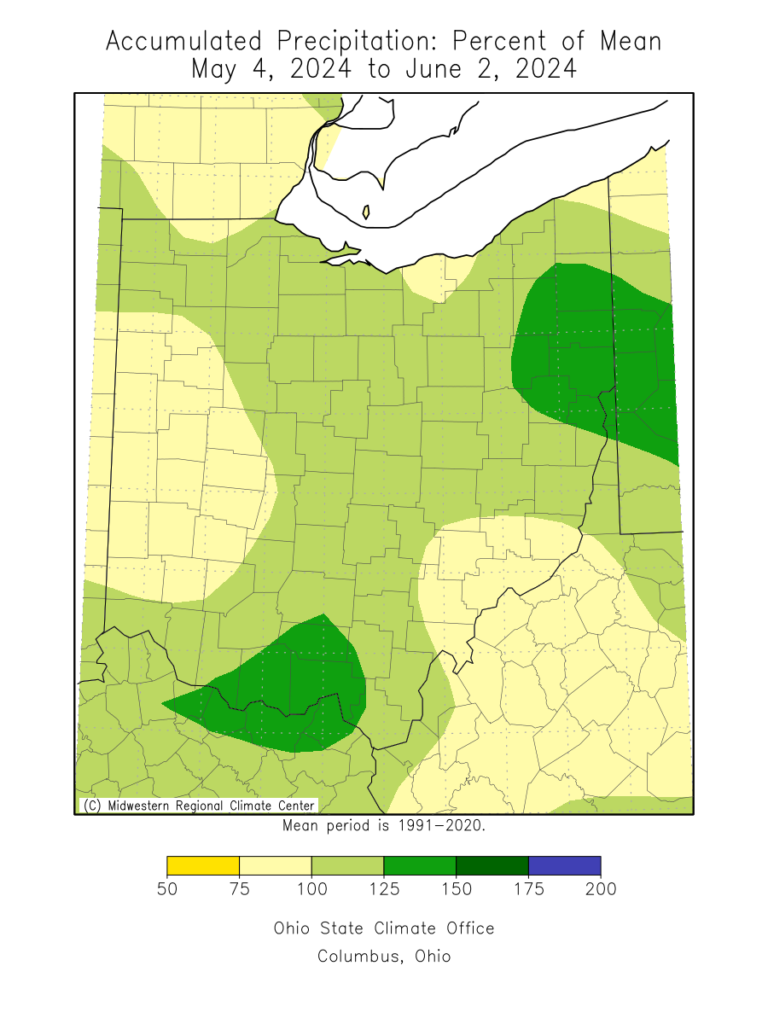
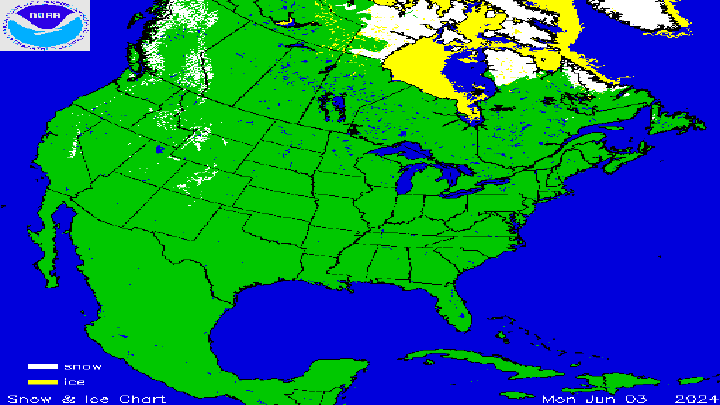
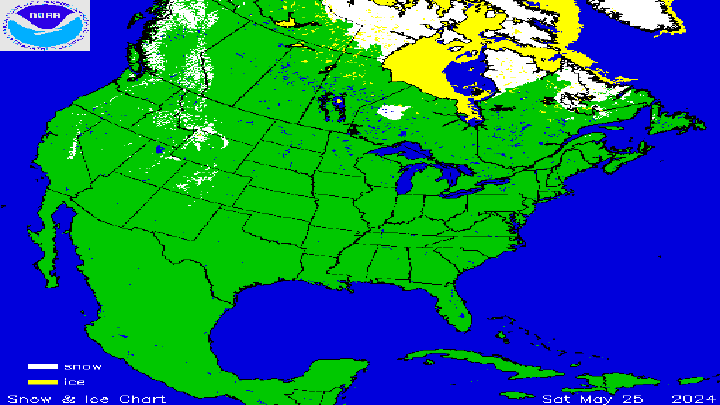
.png)
.png)
Click on the title or the graphic (above) to access the
U.S. Weekly Drought Monitor PDF Version of Graphic
Click on the title or the graphic (above) to access the
U.S. Monthly Drought Outlook PDF Version of Graphic
Click on the title or the graphic (above) to access the
U.S. Seasonal Drought Outlook. PDF Version of Graphic
Other Drought links:
Please remember to water…correctly!
Water once per week, one inch per week, under the entire branch spread, in the absence of rain, May through November. Either rainfall or your watering should equal the one inch per week. Do not water if the soil is already moist. Put out a sprinkler and a straight sided soup can or rain gauge and measure one inch per week. Measure the rainfall which falls in your yard. Your trees don’t care what fell at the airport!
If burlap was left on new trees, it will repel water and the tree or shrub may die. Be sure burlap and twine are removed from the top of all root balls. If your landscaper disagrees, refer him or her to the American National Standards Institute (ANSI) industry standard for installation of landscape plants.
To the extent possible recycle fallen leaves back into the soil around the trees and maintain mulch around the trees to a radius of at least 3-5 feet. Keep mulch off trunks. Use a coarse textured mulch. Avoid triple shredded mulch. Aged arborist wood chips, mulched and composted leaves, pine bark, and pine straw are all good. Very finely ground mulches such as triple ground hardwood mulch are not beneficial and may inhibit moisture and oxygen exchange.
Meteorological Versus Astronomical Seasons
You may have noticed that Arbor Doctor, meteorologists and climatologists define seasons differently from “regular” or astronomical spring, summer, fall, and winter. So, why do meteorological and astronomical seasons begin and end at different times? Climatologically, the period July 14-21, the mid-point of meteorological summer, is the hottest week of the year and the period January 14-21, the mid-point of meteorological winter, is the coldest week of the year over much of the continental US including the Ohio valley.
Read more on the Meteorological Versus Astronomical Seasons here
.png)


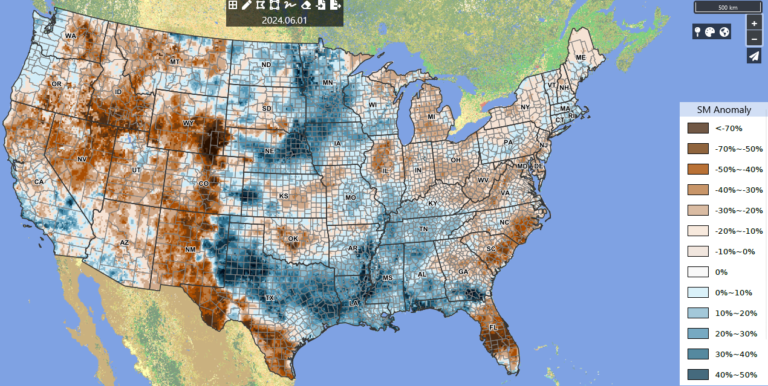
.png)
.png)
.jpg)
.jpg)
.png)
.jpg)
.png)
